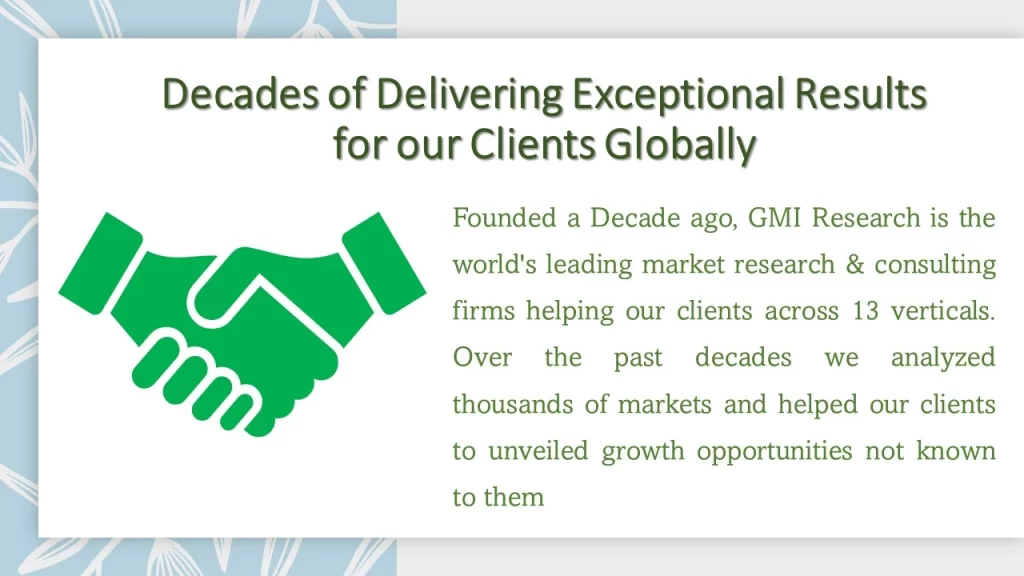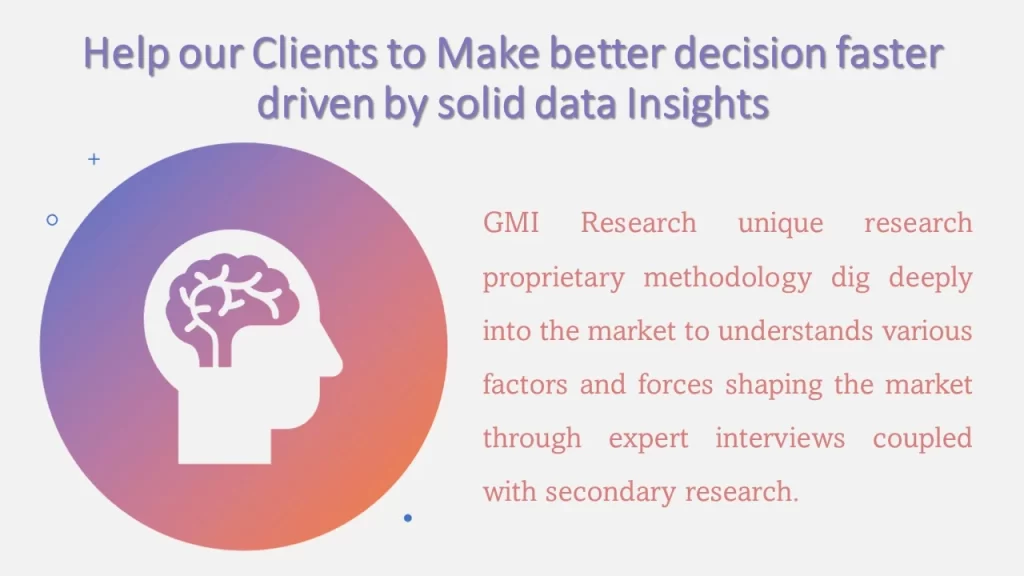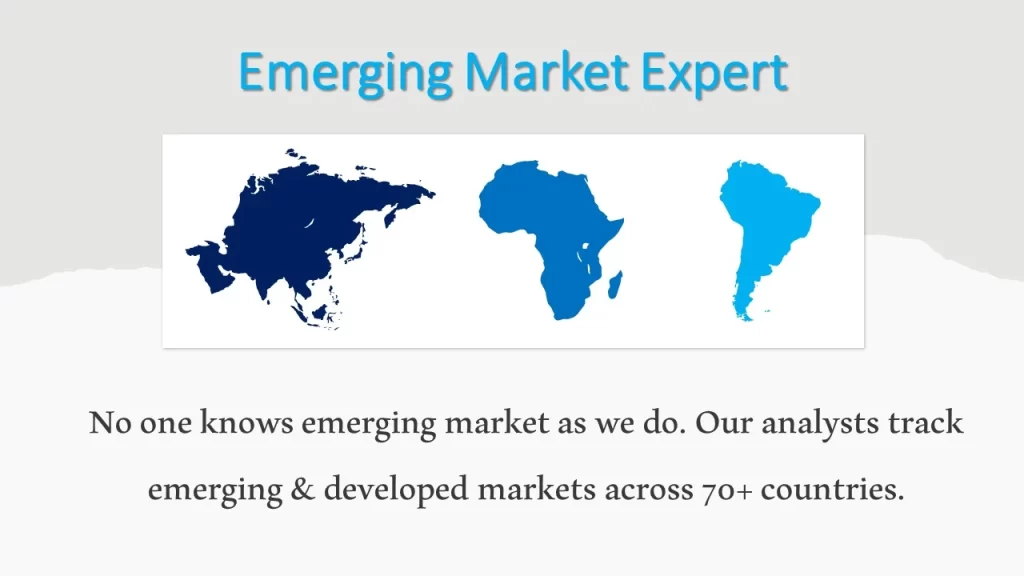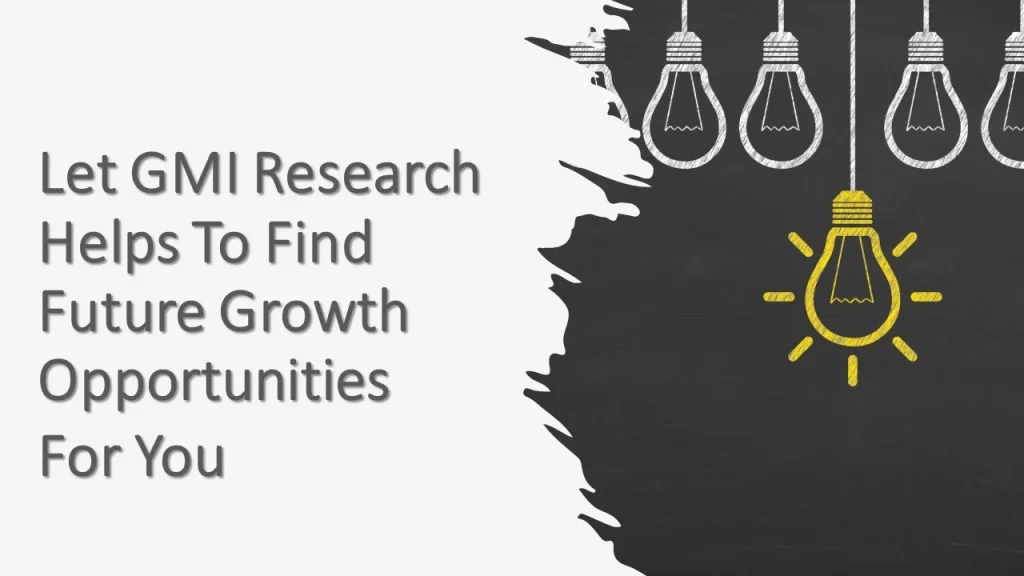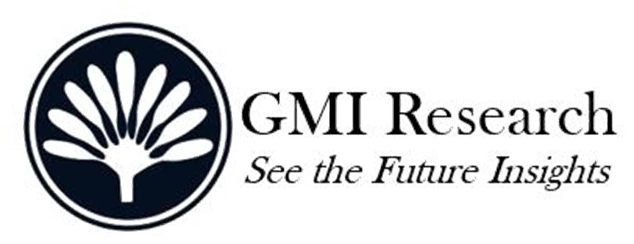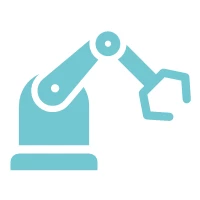Industrial Filtration Market Size, Share, Trends and Growth Report – Global Opportunities & Forecast, 2025-2032
Industrial Filtration Market size was valued at USD 35.6 billion in 2024 and is forecast to touch USD 54.6 billion in 2032, and the market is expected to grow at a CAGR of 5.5% from 2025-2032.
Major Industrial Filtration Market Drivers
The growth and size of global industrial filtration market are estimated to rise due to rapid rise in industrialization, increase in the enhancement of filtration in pharmaceutical industry, and growing population. The growing requirement to contain and prevent the dispersion of dust and minute airborne particles from manufacturing plants is predicted to propel market demand in the forecast period. Key manufacturers are actively pursuing innovations to decrease greenhouse gases, enhance energy efficiency, and improve performance in filter media leading to increased usage. The rising global population is projected to propel an increased demand for drinking water purification, while concurrent industrialization is probably to introduce a requirement for purification in different sectors including food and beverages, infrastructure, and transportation in the coming period.
The focus of millennial generation on health and wellness is evident, with nearly 58% of customers, as per the Thompson Reuters poll, discovering a preference for organic food when given the option. This trend has prompted food processing industries to incorporate organic raw materials into their produced food products. Also, ensuring the purity of food products with low residual content has become paramount, leading to the acceptance of thorough processing approaches, including filtration procedures, to decrease contaminant content. Moreover, food products producers must follow regulations governing effluent treatment, presenting further growth opportunities for the market.
Why Purchase a Standard Report When You Can Customize this Report
Please Let us know your Customization Requirements
Global highlights on environmental protection laws and mandates are rising to lessen the impact of industrial emissions. These standards prioritize the usage of non-toxic substances, alterations in production procedures, and integrating conservation approaches. The focus extends to encouraging material reuse instead of contributing to pollution elimination efforts. Globally, Europe and North America lead in environmental protection laws. The U.S. Environmental Protection Agency has rules like the National Environmental Policy Act, the Clean Air Act, the Pollution Prevention Act, and the Clean Water Act. Although the Clean Air Act manages pollution from different sources for public health and limits hazardous air pollutants Likewise, the Clean Water Act is intended to regulate and control the discharge of pollutants into water bodies, focusing on confirming the preservation and advancement of water quality.
In Europe, the European Union has announced goals to attain specified levels of air quality that avoid negative impacts on human health and surroundings. The air quality emission regulations across Europe highlight the continuous assessment and monitoring of ambient air quality to confirm compliance with these objectives. The law mandates large-scale industrial installations to acquire functional permits for environmental protection. Thereby, developing nations in the Asia Pacific, the Middle East, and Africa are accepting different environmental emission norms to combat pollution. These regulations are predicted to increase the demand for industrial filtration.
In addition, filtration is an effective approach that eradicates solid particulate matter from a fluid, whether gas or liquid, and involves the usage of a porous medium. In the pharmaceutical industry, filtration has vast usage due to its flexibility in addressing different pharmaceutical demands. Different filtration tactics are integrated into the pharmaceutical industry depending on the type of solution being processed. In this industry, common filtration types include crossflow filtration, horizontal filtration, ultra-filtration, cake filtration, and surface filtration. These methods are effective in different pharmaceutical procedures. The industry’s modern developments have not only increased human life expectancy but also led to boost a in productivity and a healthy lifestyle. Industries like diagnostic and medical research are gradually adopting filtration technologies such as microfiltration and ultrafiltration in favor of chemical approaches to confirm the safety and purity of products. The continuous development of the pharmaceutical industry is anticipated to be a significant factor in market growth.
Meanwhile, the rising adoption of renewable energy sources in power plants represent a subtle influence on the industrial filtration market. As these power plants burn minimal to no fossil fuel and introduce limited smoke, the requirement for industrial filtration may decrease. Thereby, the industrial filtration market is probably to witness a decline. The industrial filtration market growth can also be limited by fluctuating raw material prices and an uncertain supply of resources. Factors such as extended repurchase cycle, high capital investment, and growing life-cycle costs collectively contribute to restraining the growth of the industrial air filtration market. Furthermore, the ongoing maintenance demand of industrial filtration systems, along with their inability to handle unremitting work without self-cleaning, predicted different challenges. The combination of less initial capital costs and high maintenance expenses functions as a limitation to the extension of the industrial filtration market. These factors all together restrain the overall growth of the market.
The digitalization of filtration products emerges as a significant growth opportunity by allowing real-time monitoring of industrial filters. Equipped with sensors, these filters record the load status of air cleaners and transmit service-connected information to plant operators, developing functional effectiveness. By helping with planned maintenance and avoiding unexpected downtimes, using sensor-equipped filters develops functional effectiveness. It confirms timely replacements, removing the risk of using filters beyond their functional life and confirming machines have a longer service life.
The increasing support of Industry 4.0 fosters the extension of digitalization in industrial filtration. This innovation allows producers to effectively monitor functional performance and gather real-time data. The collected data aids in analyzing system performance, estimating maintenance demands and potential downtime, gaining an all-inclusive system overview, and automating workflows. Overall, this simplifies monitoring and analysis procedures in industrial settings.
By type, the liquid segment is anticipated to be the fastest-growing segment in the global industrial filtration market
The liquid segment is the leading segment in the global market due to the global importance of treating wastewater, which is the primary source of water pollution. The impact extends to agriculture, where the usage of toxic water for farming leads to the degradation of farmlands and crop and vegetable production with harmful elements. The wastewater discharged by different industries is often hazardous, predicted to be a threat to the water quality of nearby rivers and impacting the health of the local population. Thereby, governments are implementing regulations to mitigate water pollution by mandating wastewater treatment at the outlets of all industries. This regulatory method focuses on preventing both environmental integrity and public health.
By filter media, the nonwoven fabric segment is estimated to hold the largest CAGR in the global industrial filtration market
The nonwoven fabric filter media segment growth is attributed to the properties of nonwoven materials, including high durability, reusability, good strength, hypoallergenic nature, softness, fire resistance, washable nature, and many others. Nonwoven fabric is widely used in filter media due to its complex fiber structure, rapid production procedure, cost-effectiveness, and versatile design possibilities. These attributes make nonwoven fabrics suitable for a different series of industries, including mineral processing, pharmaceuticals, and different others.
By region, North America is projected to register the growth in global industrial filtration market
The North America region market growth is attributed to increasing investment in the manufacturing industry aimed at managing harmful emissions and the growing stringency of air pollution control regulations in the region. The region is a robust enforcer of government-imposed air pollution regulations, particularly within its power generation sector, known for being one of the most polluting industries. This circumstance is foreseen to introduce opportunities for the industrial filtration market in the North American region in the forecast period.
Segments covered in the Report:
The Global Industrial Filtration Market has been segmented on the basis of Type, End User Industry, Product and Filter Media. Based on the End User Industry, the market is segmented into Chemicals & Petrochemicals, Food & Beverage, Oil & Gas, Power Generation, Automotive, Metals & Mining, Pharmaceuticals and Other Industries. Based on the Type, the market is segmented into Liquid, Air. Based on the Product, the market is segmented into Filter Press, Bag Filter, Drum Filter, Depth Filter, Cartridge Filter, HEPA Filter, ULPA Filter, Electrostatic Precipitator, Other products. Based on the Filter Media, the market is segmented into Activated Carbon/Charcoal, Fiberglass, Filter Paper, Metal, Nonwoven Fabric, Other filter media.
Industrial Filtration Companies
Key players operating the industrial filtration market are Alfa Laval Inc, Donaldson Company, Inc., Parker Hannifin Corporation, Danaher Corporation, Eaton Corporation Plc, Ahlstrom-Munksjö Oyj, Filtration Group, Freudenberg Group, Lenntech B.V., and Babcock & Wilcox Enterprises, Inc., among others.
Key Developments:
-
- In 2022, Alpha Laval introduced E-PowerPack to enhance marine sustainability by aiding in converting waste heat into power that can used to power the ship.
- In 2022, Mutares has announced an acquisition of Mann+Hummel group’s plastic parts business to address the growing demand from end-users.
- In 2022, EKOTON Industrial Group joined hands with ESMIL Process Systems to be competitive in the market and increase the production of power.
- In September 2022, Alkegen, a speciality materials platform launched 3 new High Efficiency Filtration (HEF) products at the World Filtration Congress, San Diego, California. These products are specifically designed for air, liquid and molecular applications.
- In November 2021, Alfa Laval, a manufacturing company based out of Sweden, made enhancements in Gas Combustion Unit 2.0. Enhancements and connectivity in Gas Combustion Unit 2.0, enabled company to strengthen its LNG equipment and service offerings, which covers LNG both cargo and fuel.
- In October 2021, Donaldson, a major filtration company based in United States acquired Solaris, for €41 million, to offer comprehensive filtration solutions to customers and strengthen its position in the biopharma and life sciences market.
- In September 2021, Eaton Corporation, a major manufacturing company based in Ireland launched new zero-leak Compact Combo Valve, which is designed to reduce fuel vapor permeation.
- In April 2021, Metso Outotec Corporation, launched its industrial filtration solutions, which covers various industries food, pharmaceutical and chemical processing.
- In March 2020, Danaher Corporation completed the acquisition of Biopharma business from General Electric’s Life Sciences Division. Under the acquisition agreement, their combined business is named as Cytiva and will operate as a single company under company’s Life Sciences segment.
Segments covered in the Report:
Global industrial filtration market has been segmented on the basis of type, product type, filter media, industry, and region. Based on type, market is segmented into liquid, and air. Based on product type, the market is segmented into pressure filtration, centrifugal filtration, gravity filtration, vacuum filtration, HEPA, ULPA, electrostatic precipitator, and others. Based on Filter Media, the market is segmented into metal, activated carbon/charcoal, fiber glass, filter paper, and non-woven & synthetic fabric. Based on industry, the market is segmented into Food & Beverage, Chemicals & Petrochemicals, Manufacturing, Power Generation, Oil & Gas, Pharmaceuticals, Metals & Mining, and Process Industry.
|
Report Coverage |
Details |
| Market Revenues (2024) |
USD 35.6 billion |
| Market Base Year |
2024 |
| Market Forecast Period |
2025-2032 |
| Base Year & Forecast Units |
Value (USD Billion) |
| Market Segment | By End user industry, By Type, By Product, By Filter media, By Region |
| Regional Coverage | Asia Pacific, Europe, North America, and RoW |
| Companies Profiled | Alfa Laval Inc, Donaldson Company, Inc., Parker Hannifin Corporation, Danaher Corporation, Eaton Corporation Plc, Ahlstrom-Munksjö Oyj, Filtration Group, Freudenberg Group, Lenntech B.V., and Babcock & Wilcox Enterprises, Inc.; a total of 10 companies covered |
| 25% Free Customization Available | We will customize this report up to 25% as a free customization to address our client’s specific requirements |
Market Segmentation
Global Industrial Filtration Market by End User Industry
-
- Food & Beverage
- Chemicals & Petrochemicals
- Power Generation
- Oil & Gas
- Pharmaceuticals
- Metals & Mining
- Automotive
- Other Industries
Global Industrial Filtration Market by Type
-
- Liquid
- Air
Global Industrial Filtration Market by Product
-
- Filter Press
- Bag Filter
- Drum Filter
- Depth Filter
- Cartridge Filter
- HEPA Filter
- ULPA Filter
- Electrostatic Precipitator
- Other products
Global Industrial Filtration Market by Filter Media
-
- Activated Carbon/ Charcoal
- Fiberglass
- Filter Paper
- Metal
- Nonwoven Fabric
- Other filter media
Global Industrial Filtration Market by Region
-
-
North America Industrial Filtration Market (Option 1: As a part of the free 25% customization)
- By End User Industry
- By Type
- By Product
- By Filter Media
- United States of America (US) Market All-Up
- Canada Market All-Up
-
Europe Industrial Filtration Market (Option 2: As a part of the free 25% customization)
- By End User Industry
- By Type
- By Product
- By Filter Media
- United Kingdom (UK) Market All-Up
- Germany Market All-Up
- France Market All-Up
- Spain Market All-Up
- Rest of Europe Market All-Up
-
Asia-Pacific Industrial Filtration Market (Option 3: As a part of the free 25% customization)
- By End User Industry
- By Type
- By Product
- By Filter Media
- China Market All-Up
- India Market All-Up
- Japan Market All-Up
- Rest of APAC Market All-Up
-
RoW Industrial Filtration Market (Option 4: As a part of the free 25% customization)
- By End User Industry
- By Type
- By Product
- By Filter Media
- Brazil Market All-Up
- South Africa Market All-Up
- Saudi Arabia Market All-Up
- UAE Market All-Up
- Rest of world (remaining countries of the LAMEA region) Market All-Up
-
Global Industrial Filtration Leading Market Players (Option 5: As a part of the Free 25% Customization – Profiles of 5 Additional Companies of your Choice)
-
- Alfa Laval Inc
- Donaldson Company, Inc
- Parker Hannifin Corporation
- Danaher Corporation
- Eaton Corporation Plc
- Ahlstrom-Munksjö Oyj
- Filtration Group
- Freudenberg Group
- Lenntech B.V
- Babcock & Wilcox Enterprises, Inc.
Frequently Asked Question About This Report
Industrial Filtration Market [UP932A-00-0620]
Industrial filtration market size was valued to be USD 35.6 billion in 2024.
Industrial filtration market is expected to expand at a CAGR of 5.5% over the forecast period 2025-2032.
Liquid segment is forecast to dominate the market.
North American region is expected to lead the market.
Related Reports
- Published Date: Mar-2025
- Report Format: Excel/PPT
- Report Code: UP932A-00-0620
Licensing Options
Single-User License:
The report is used by the purchaser (One Individual) only
Multi-User License:Report is shared with maximum 5 users (employees) including the purchaser of the purchasing corporation only
Corporate License:
Report is shared with unlimited user (employees) of the purchasing corporation only
The report is used by the purchaser (One Individual) only
Multi-User License:Report is shared with maximum 5 users (employees) including the purchaser of the purchasing corporation only
Corporate License:
Report is shared with unlimited user (employees) of the purchasing corporation only
Industrial Filtration Market Size, Share, Trends and Growth Report – Global Opportunities & Forecast, 2025-2032
$ 4,499.00 – $ 6,649.00
Why GMI Research
